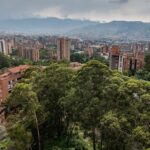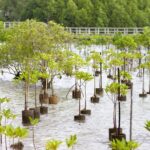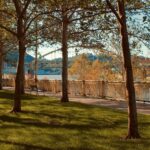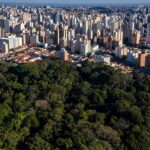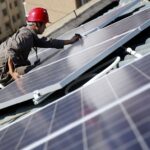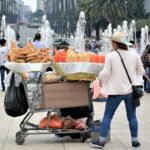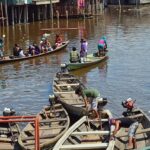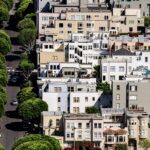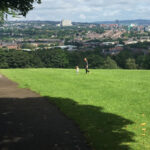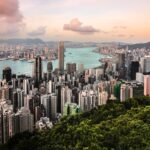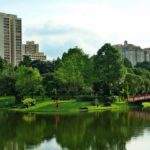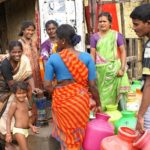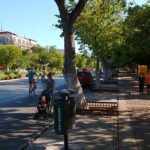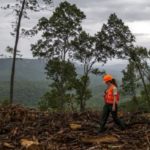Posts tagged with 'Cities4Forests'
Responsible for more than 70% of the world’s greenhouse gas (GHG) emissions, action by cities is clearly crucial to limiting global warming to 1.5 degrees Celsius. An important part of this effort is developing local GHG inventories and climate action ...

The new Intergovernmental Panel on Climate Change report highlights the enormous potential of nature to reduce the risks of climate change and build resilience. Political momentum is building for this approach. For example, 137 countries committed in 2021 to collectively end forest loss and land ...

Imagine two trucks passing on a city street. One is a delivery truck carrying new wood flooring and furniture to stores and homes in the city. The other is carrying a fallen city tree damaged by a recent storm, taking ...

The world’s forests face a dire threat. Each year, 6 to 9 million hectares (15 to 22 million acres, an area roughly the size of Denmark) of forests are permanently cleared and many millions more are degraded. But many decisions affecting forests ...

World leaders are gathering in New York this week and next for the UN General Assembly meeting (UNGA76) and Climate Week. The two major events come at a critical moment for climate action. The world is facing an emergency. Nearly ...

Water for human consumption is increasingly inaccessible, due to poor management, degradation of water sources, the effects of climate change and more. Marginalized groups — such as minorities, rural communities and women — are disproportionately affected by water security issues, and women often play a key ...

The climate change crisis continues to create unprecedented risk for humanity. Extreme weather threatens food security, increases poverty and inequality and contributes to the spread of disease. Now, also faced with the economic fallout from COVID-19, billions of people are struggling to ...

The city is a difficult place for a tree to survive. Compared to their counterparts in the countryside, urban trees generally get less water, suffer more intense heat, compete for space with unyielding infrastructure and frequently become riddled with disease ...

As coronavirus restrictions ease around the world, many consider a walk around their neighborhood for some fresh air to be a welcome break from confinement. However, socioeconomic status could greatly affect the landscapes people find on these strolls, particularly in how much ...

Water is essential to human health and well-being. In cities, leaders strive to provide secure access to clean, safe and affordable water. In rural areas, farmers hope for adequate rain and healthy rivers to produce healthy crops. The coronavirus pandemic ...

*Editor’s note: On August 7, 2020, our Brooklyn Bridge Forest Proposal won the Reimagining Brooklyn Bridge contest. The text below was updated accordingly. * The Brooklyn Bridge, with its distinctive gothic towers and cable-bound span, is one of the most recognizable landmarks ...

Capital City, a (hypothetical) seaside metropolis, has a growing population. However, much of its infrastructure was built 100 years ago and is straining from deferred maintenance, unable to meet the city’s future needs. To make matters worse, Capital City has ...

As the coronavirus crisis spreads throughout the world, it is increasingly clear that people with the least access to essential services like water will feel the most dramatic effects. Major health organizations advise washing hands more frequently – for at least ...

Mérida, a city in Mexico’s lush Yucatán Peninsula, is home to 2.3 million trees, which cover more than 20% of the metropolitan area. Mérida’s officials know that these trees provide benefits to the residents, but until recently they didn’t know how ...

The Trillion Trees Initiative has garnered support from business and political leaders around the world. U.S. President Trump highlighted the initiative as the cornerstone of his plan to protect the environment, a rare shift for an administration that has moved to withdraw ...












